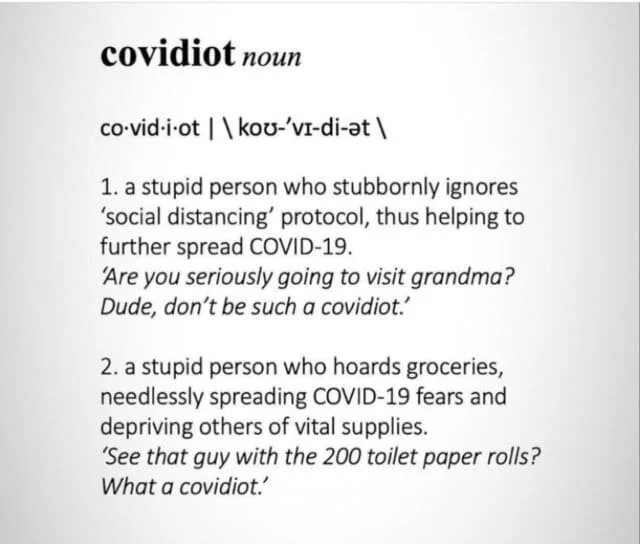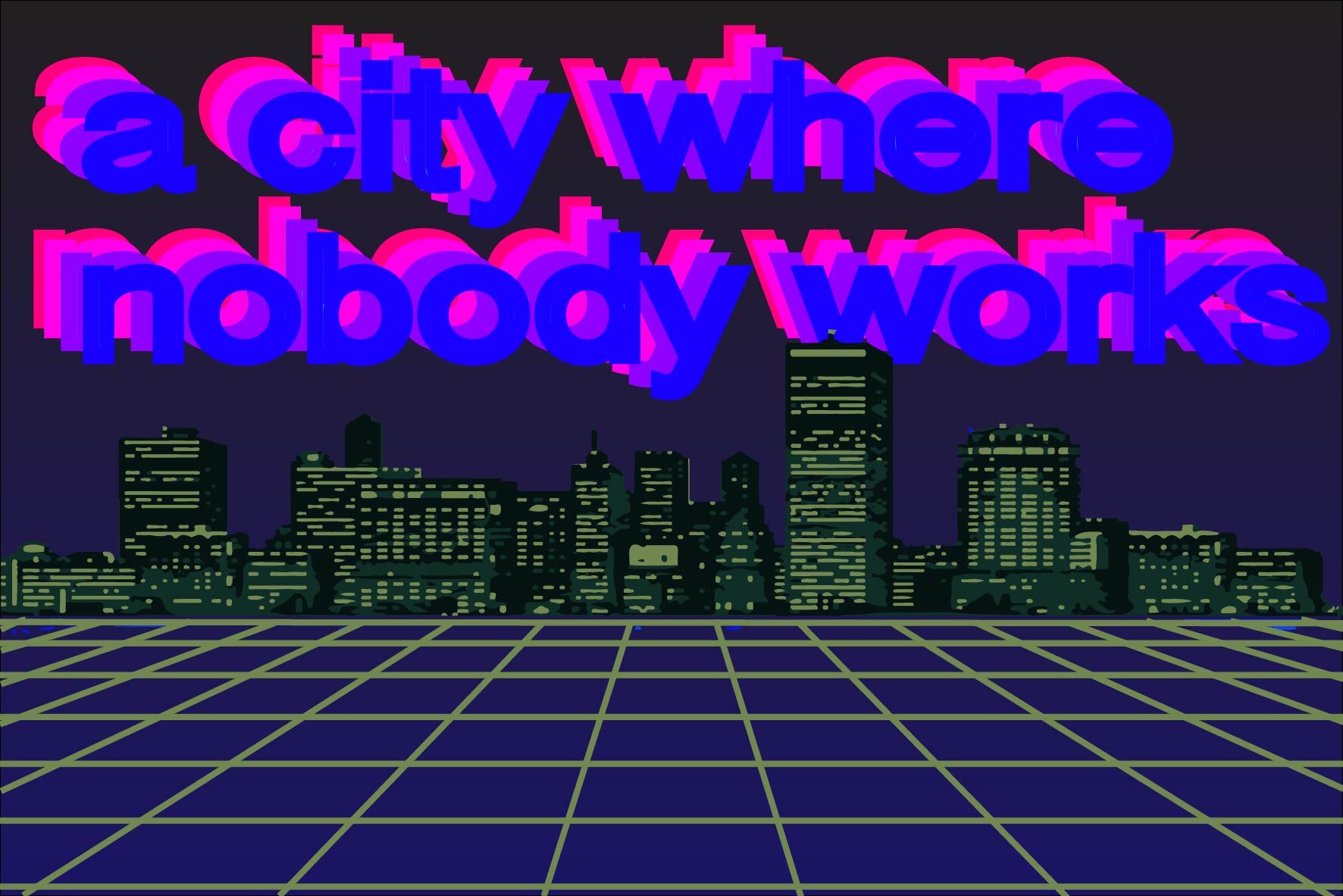Deleuze, in a rhizomatic set of essays, explores the topological aspect of Foucault’s thought by working his way through the progression of Foucault’s work, from knowledge, through power, to the interior folding of the outside that constitutes the subject. It is from within this work that a tentative strategy for producing indeterminate subjective positions may be drawn out, since Foucault’s work is so steadily concerned with the ways in which behavior and thought are conditioned by structures and systems of power. The question for Foucault, Deleuze insists, is whether and how genuine thought can be possible. How can one think beyond the constraints and determinations of imposed by structures? Deleuze begins with Foucault’s entry into the realm of knowledge, where the “new archivist” explored the history of thought through statements—that is, spontaneous multiplicities with the power to affect. Deleuze, drawing fromn Foucault’s Archaeology of Knowledge, shows the statement to be a historical formation—one half of the domain of knowledge. The second half of the domain of knowledge—the visible—which Deleuze finds in Foucault’s Discipline and Punish, he defines as the particular points through which statements pass. Visibilities are practical formations that are non-discursive and involve the environment, whereas statements are practical formations that are discursive and involve articulation.
But Deleuze finds another element in Foucault’s Discipline and Punish that was not developed in Archaeology of Knowledge. Statements and visibilities, as the two halves of the domain of knowledge, are animated by power, which Deleuze finds operating through the diagram, which he defines as “a display of the relations between forces which constitute power.” (pg. 36) A diagram is a function (that is, a power to affect) detached from the specificity of its application on the affected. The diagram is not historical, as are visibilities and statements. Whereas the latter exist in a “history of forms,” represented by the archive, the diagram doubles this history, operating in parallel, in an “evolution of forces.” (pg. 43) In the following chapters, “Strata or Historical Formations: The Visible and the Articulable (Knowledge)”, and “Strategies or the Non-stratified: Thought of the Outside (Power)”, Deleuze examines the formation of knowledge and the functioning of power. In these essays, Deleuze brings The History of Sexuality to bear on the discussion, ultimately demonstrating that the statement has primacy over the “different ways of seeing or perceiving.” (pg. 49) In this sense, Foucault is taking on phenomenology, which holds visibilities to have primacy over discursive statements. What is novel in Foucault is that he demonstrates the “mutual presupposition operating between the two forms [of visibility and articulability],” yet without a “common form, […] conformity, [or] even correspondence.” (pg. 33) In doing so, it would seem that he would be stuck in an aporia, since there is no exteriority “between techniques of knowledge and strategies of power,” (HS 98) in the sense that “[practical] knowledge (connaissance) never refers back to a subject who is free in relation to a diagram of power; but neither is [the diagram of power] ever free in relation to the forces of knowledge (savoirs) which actualize it.” (Deleuze, F 75) The resulting “complex of power and knowledge that ties together the diagram and the archive” would appear unshakeable if power did not have a primacy over knowledge in the sense that knowledge “would have nothing to integrate if there were no differential power relations”. (pg. 81)
It is the immanence of power that suggests its contingency. Power, which exists at the “microphysical" level, transcends its specific manifestations, and as such, it is independent of history, whereas history cannot be claimed to be independent of the microphysics of power and emerges in its very formation within the strata of knowledge. “[D]iscipline cannot be identified with any one institution or apparatus precisely because it is a type of power, a technology, that traverses every kind of apparatus or institution, linking them, prolonging them, and making them converge and function in a new way.” (pg. 26) As such, power constitutes the outside of knowledge, which is a non-duality, unlike knowledge. While the two forms of knowledge—visibility and statements—are the analogous to Kant’s nomena and phenomena, with these corresponding to the “two irreducible forms of spontaneity and receptivity,” (pg. 82) Foucault is not really a dualist as is Kant. Deleuze calls Foucault’s philosophy a “pragmatics of the multiple” (pg. 84), which he describes as a dualism to the degree that it involves “a preliminary distribution operating at the heart of a pluralism,” (pg. 83) in the sense that there is an irreducible split between the two multiplicities of discursive statements and non-discursive visibilities. But “these two multiplicities open up on to a third: a multiplicity of relations between forces, a multiplicity of diffusion which no longer splits into two and is free of any dualizable form.” (pg. 83-4)
Deleuze explores the immanence of power—this force that escapes duality—in “Foldings, or the Inside of Thought (Subjectivation)”, which draws from Foucault’s The Use of Pleasure. In it, Deleuze considers how the outside of knowledge disrupts the diagrams, which constitute the line between stratified knowledge and the strategies of power. Out of the impasse that Deleuze explains that Foucault had arrived at in the end of The History of Sexuality, wherein “we have encountered three dimensions: the relations which have been formed or formalized along certain strata (Knowledge); the relations between forces to be found at the level of the diagram (Power); and the relation to the outside, . . . which is also a non-relation (Thought)”, Foucault adds another axis: that of the subject, which constitutes the inside of thought. (pg. 96) This inside is not the interiority that Foucault is critical of, Deleuze insists, but a folding of the outside—“not something other than the outside, but precisely the inside of the outside.” (pg. 97) Whereas Knowledge-Being is “determined by the two forms [of the visible and the articulable]”, and Power-Being “is determined within relations between forces which are themselves based on particular features that vary according to each age”, Self-Being “is determined by the process of subjectivation”—that is, by the relation of the self to itself. (pg. 114) Praxis would be the problematization of the present through thought—that is, the problematization of thought as the present. As a “continuity between past and present”, the praxis of thought “involves the transmission of particular features”. (pg. 115, 117) But the “Markov chain” that “link[s] up random events in a mixture of chance and dependency” (pg. 117) is disrupted when the thinking being “problematizes himself.” (pg. 118) At this point, thought, which folds the past into itself, and which problematizes itself in relation to this past, can “think the past against the present and resist the latter, not in favor of a[n eternal] return but ‘in favor, I hope, of a time to come’ (Nietzsche), that is, by making the past active, and present to the outside so that something new will finally come about, so that thinking, always, may reach thought.” (pg. 119) It is this, Deleuze shows us, that justifies Foucault’s fascination with history. The voyage in the latter’s work from the statements and visibilities of the archive has led, through the diagrams of power and the relations of force that constitute the strategies of power, directly to the relation of the self to itself, and revealed there a fold in which self-problematization can seize the knowledge of history and use this material as a basis for thinking otherwise.


















